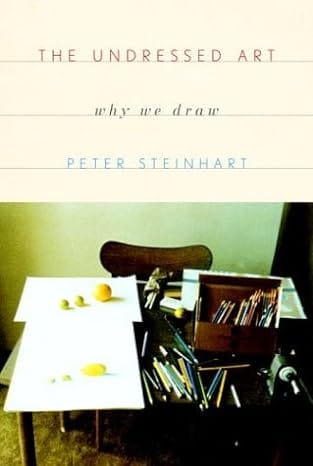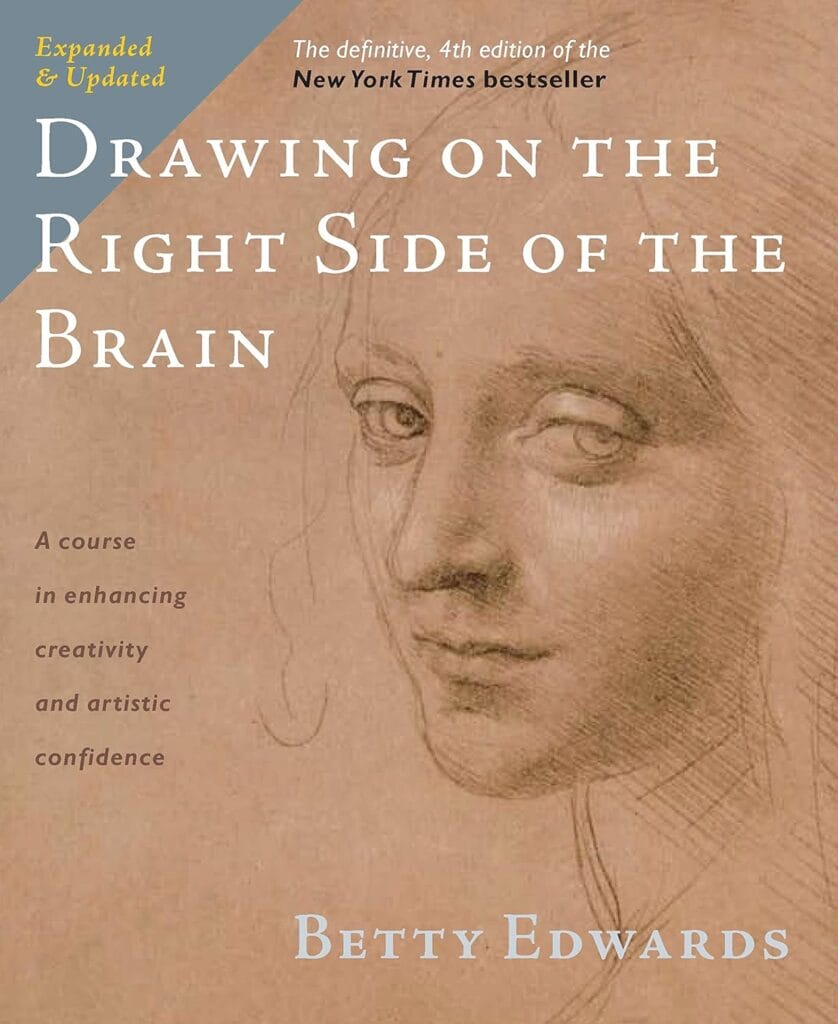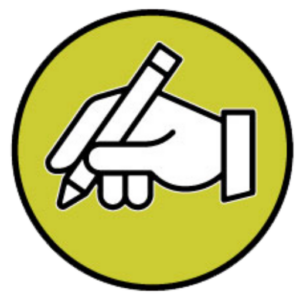The Undressed Art

We all draw as children: we scrawl a sunbeamed circle for a face and dots for eyes, and then we move on to portraits of Mom with an upside-down U for hair and Dad with trousers up to his armpits. But sooner or later, almost everyone stops. In this delightful, revelatory book, Peter Steinhart explores […]
Drawing on the Right Side of the Brain

Translated into more than seventeen languages, Drawing on the Right Side of the Brain is the world’s most widely used instructional drawing book. Whether you are drawing as a professional artist, as an artist in training, or as a hobby, this book will give you greater confidence in your ability and deepen your artistic perception, […]
